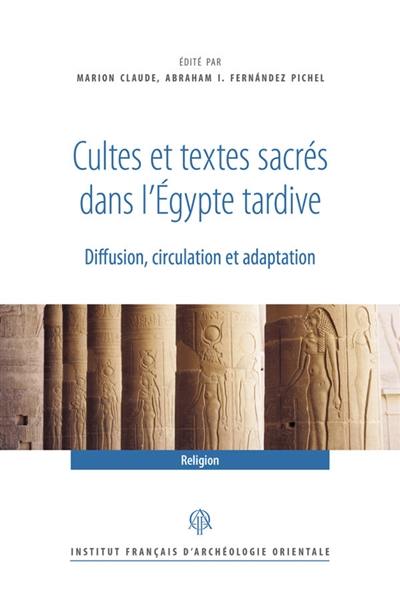
Fiche technique
Format : Broché
Nb de pages : VIII-299 pages
Poids : 649 g
Dimensions : 16cm X 24cm
ISBN : 978-2-7247-0858-5
EAN : 9782724708585
Cultes et textes sacrés dans l'Egypte tardive
diffusion, circulation et adaptation
Quatrième de couverture
Les temples égyptiens et leurs clergés, loin de fonctionner comme des entités isolées, faisaient l'objet de nombreux points de contact entre les dieux, comme entre les hommes. Toutefois, bien que ces échanges soient avérés et témoignent d'une certaine universalisation de la religion égyptienne au niveau du pays, chaque clergé local avait à coeur de transformer ces emprunts pour les adapter aux particularités de son panthéon et de ses sanctuaires. De fait, il est souvent difficile de retracer avec certitude l'origine exacte de telle ou telle influence, de postuler l'existence d'un texte source (Urtext) ou encore de définir quelle est la part de « norme » et la part d'adaptation dans chaque tradition.
L'objectif du présent ouvrage est donc de contribuer à une meilleure compréhension de ces relations et des pratiques rituelles qui les sous-tendent, afin de mettre en valeur les modalités de fonctionnement de la religion égyptienne tardive, au coeur d'un double mouvement, d'apparence contradictoire, de standardisation d'une part et de singularisation locale d'autre part.
Far from being isolated units, ancient Egyptian temples were places of numerous contacts among deities and among men. While these links are well known and tend to show a measure of universality in Egyptian religion throughout the country, each local clergy was intent on modifying this common background to adapt it to the specificity of its own pantheon and sanctuaries. Indeed, it is often difficult to determine with any certainty the precise origin of this or that influence, to postulate the existence of an original source (Urtext), or even to distinguish in each tradition which part proceeds from the "norm" and which is the product of an adaptation.
The aim of this book is to contribute to a better understanding of such relationships as well as of the underlying ritual practices in order to highlight the workings of Egyptian religion in the later periods-torn as they are between two apparently contradictory movements : standardisation on the one hand and local singularisation on the other.





